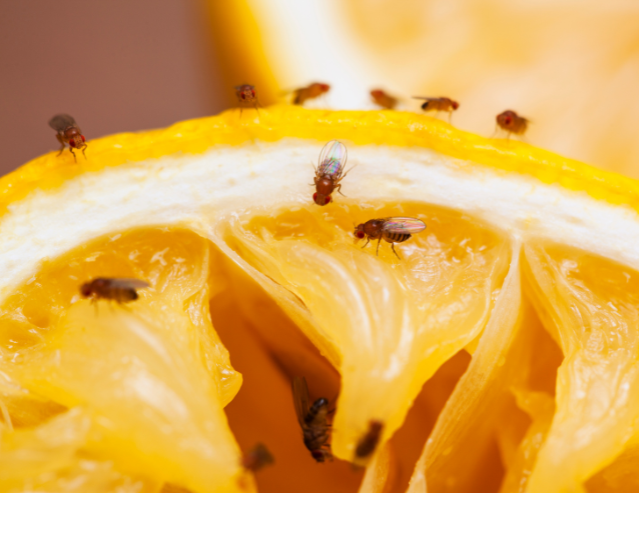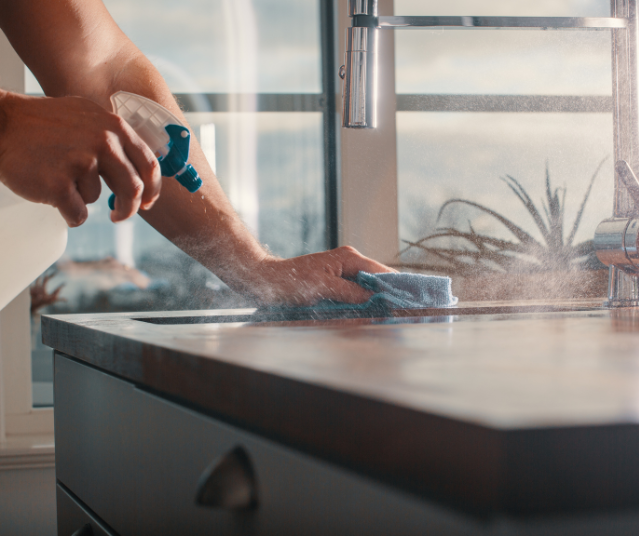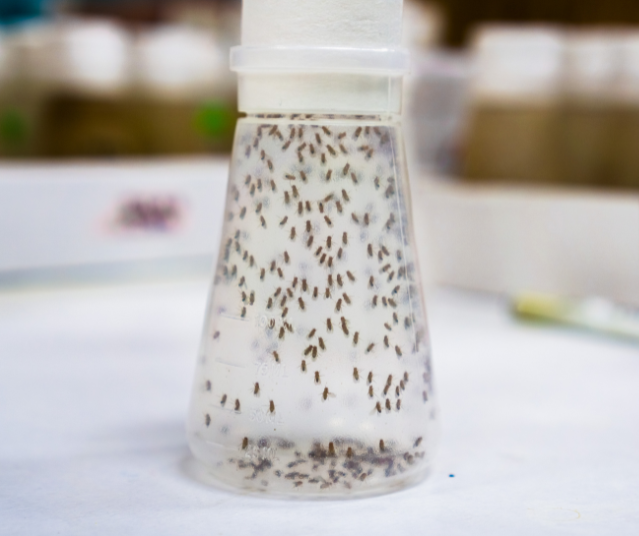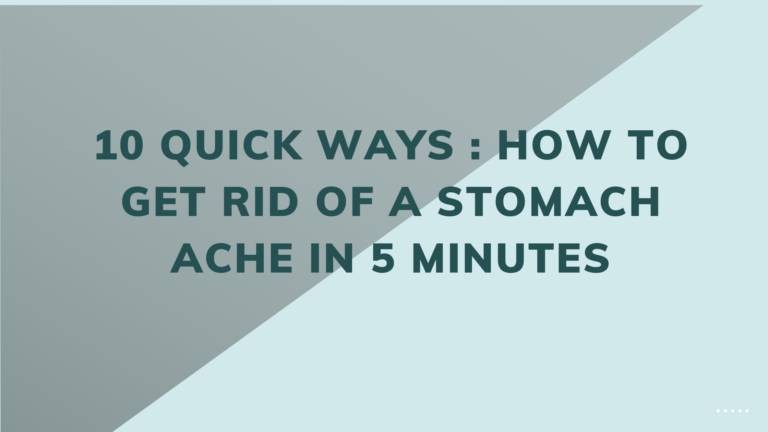Fruit flies can be the unwelcome guests in your kitchen, buzzing around your fruit bowl and invading your space. If you’ve ever experienced this annoyance, you know how frustrating it can be. The good news? You don’t have to live with these pesky pests! In this article, we will explore how to get rid of fruit flies effectively, ensuring your kitchen remains a pleasant place.
Understanding Fruit Flies

Before we dive into how to get rid of fruit flies, it’s important to understand what they are. Fruit flies, also known as Drosophila melanogaster, are small, winged insects commonly found in homes. They thrive on overripe or rotting fruit, as well as other organic materials.
Their life cycle is rapid; a female can lay hundreds of eggs in just a few days, which can hatch into adults in about a week. This means that if you see one fruit fly, there are likely many more nearby.
Understanding fruit flies is key to knowing how to get rid of fruit flies effectively. These tiny insects are attracted to ripe or decaying fruits and vegetables, sugary liquids, and even drains. Their rapid reproduction makes them challenging to control, but simple measures can help.
Removing potential food sources, keeping surfaces clean, and setting up traps with vinegar or fruit can greatly reduce their numbers. By understanding their habits and environment, you can apply targeted strategies to quickly eliminate fruit flies and prevent them from returning to your kitchen.
Read More : How Long Does It Take to Digest Food
Why Are Fruit Flies in Your Kitchen?
So, why are fruit flies in your kitchen? These pests are naturally attracted to sugary substances and fermenting foods. If your kitchen has fruit bowls, open jars, or spills, you’re providing an ideal breeding ground.
Fruit flies are often drawn to kitchens because of ripe or decaying fruits, sugary residues, and damp areas that offer perfect breeding grounds. These small pests thrive in warm, humid environments, making kitchens with exposed food or dirty drains a hotspot. If you’re wondering how to get rid of fruit flies, start by clearing any overripe fruits, cleaning up spills, and regularly emptying trash. Simple home remedies like vinegar traps or covering produce can also help eliminate them. Taking these steps not only removes fruit flies but also prevents them from returning, keeping your kitchen clean and pest-free.
Rhetorical Question: Have you ever left a banana on the counter for too long? That’s all it takes!
How to Identify Fruit Flies
Identifying fruit flies is simple. They are typically about 1/8 inch long, with red or brown eyes. Their bodies are tan or yellow, and they have a characteristic “buzz” when flying. Knowing how to identify them helps in understanding how to get rid of fruit flies effectively.
To learn how to get rid of fruit flies, it’s essential to first know how to identify them. Fruit flies are small, typically tan or brown with red eyes, and about 1/8 inch long. They’re most often found hovering near ripe or rotting fruits and vegetables, which are prime breeding spots. Knowing these identifying features can help you act quickly, as understanding what they look like and where they thrive is the first step in effectively eliminating them. Once identified, you can use simple home remedies and preventative steps to get rid of fruit flies and maintain a clean, fly-free kitchen.
How to Get Rid of Fruit Flies: Quick Tips

Now, let’s get into the meat of the matter. Here are some quick tips on how to get rid of fruit flies:
- Clean Up Your Kitchen: Start by removing all overripe fruits and vegetables. Wipe down surfaces where food particles might collect.
To clean up your kitchen effectively, knowing how to get rid of fruit flies is essential. Start by removing any overripe fruits or uncovered food that might attract them. Wipe down counters, clean your sink, and empty the trash regularly, as these areas often harbor fruit fly eggs.
Set up a simple trap using apple cider vinegar to lure and catch lingering flies. By following these steps, you can prevent fruit flies from taking over, keeping your kitchen clean and pest-free.
- Seal Food: Keep food in airtight containers to prevent fruit flies from getting access.
If you’re handling seal food or other fresh items, knowing how to get rid of fruit flies is essential to keep food areas clean and pest-free. Fruit flies are often attracted to fresh produce and can quickly become a nuisance in places where food is prepared or stored.
To prevent fruit flies around seal food, store food in airtight containers, clean up any spills promptly, and dispose of scraps in a sealed trash bin.
Keeping these areas clean and following proper storage can help minimize fruit flies and maintain a fresh, hygienic environment.
- Check Your Trash: Ensure your garbage cans are sealed and emptied regularly.
One essential step in learning how to get rid of fruit flies is to check your trash. Fruit flies are often drawn to food scraps and residues left in trash bins, making them a primary source of infestation.
Regularly emptying the trash, cleaning the bin, and sealing food waste can help cut off fruit flies’ access to their food source. Using a trash can with a tight lid further prevents these pests from gathering, keeping your kitchen clean and fly-free.
- Remove Standing Water: Standing water is a breeding ground for fruit flies. Fix any leaks and keep your sink dry.
One key step in how to get rid of fruit flies is to remove any standing water in your kitchen. Fruit flies are attracted to moisture, which provides an ideal breeding ground for them.
Empty and clean areas like sinks, dish drains, and pet water bowls regularly to eliminate sources of stagnant water. By reducing moisture, you make your kitchen less inviting to fruit flies, helping to keep them away more effectively.
- Use Essential Oils: Certain essential oils, like peppermint and eucalyptus, can repel fruit flies.
One natural way for how to get rid of fruit flies is by using essential oils. Oils like peppermint, eucalyptus, and lemongrass are effective at repelling these pests.
To create a DIY fruit fly spray, mix a few drops of essential oil with water in a spray bottle and apply it around kitchen areas where fruit flies gather.
Alternatively, placing cotton balls soaked in essential oils near fruit bowls or trash bins can also deter flies. This method offers a pleasant-smelling and chemical-free way to keep your kitchen fruit fly-free!
How to Get Rid of Fruit Flies in House
To get rid of fruit flies in the house, follow these steps:
- Eliminate Breeding Grounds: Regularly check areas like pantry corners, under the fridge, and anywhere food might have spilled.
To effectively learn how to get rid of fruit flies, eliminating their breeding grounds is crucial. Fruit flies are drawn to overripe fruit, sugary spills, and damp areas like drains.
Start by clearing any old or rotting produce, cleaning up spills immediately, and regularly rinsing out your sink and drain to remove any food residue.
Taking these steps removes potential breeding spots, making your kitchen less appealing to fruit flies and helping to keep them at bay.
- Maintain a Clean Environment: Regularly vacuum and mop floors to eliminate crumbs and spills.
Maintaining a clean environment is essential when learning how to get rid of fruit flies effectively. Fruit flies are attracted to overripe fruits, food residue, and moisture, so keeping surfaces clean and dry is key.
Regularly disposing of food scraps, cleaning countertops, and emptying trash bins can help reduce their attraction to your kitchen.
Additionally, wiping down any sticky spots and ensuring drains are clear can prevent these pests from finding breeding grounds. By prioritizing cleanliness, you’ll not only get rid of existing fruit flies but also prevent future infestations.
Fruit Fly Trap: DIY Solutions
If you’re looking for how to get rid of fruit flies, a DIY fruit fly trap can be an effective solution. One popular method involves using a small bowl filled with apple cider vinegar and a drop of dish soap.
The vinegar attracts the flies, while the soap breaks the liquid’s surface tension, trapping the flies inside. Another option is to place a piece of ripe fruit in a jar, cover it with plastic wrap, and poke small holes on top—flies can enter but can’t escape. These simple, homemade traps are quick, affordable ways to tackle a fruit fly problem and keep your kitchen pest-free.
One of the most effective methods for how to get rid of fruit flies is using a fruit fly trap. Here’s how to make your own:
DIY Vinegar Trap

- Materials Needed: A jar, apple cider vinegar, plastic wrap, and a rubber band.
To effectively tackle how to get rid of fruit flies, gather a few key materials. You’ll need apple cider vinegar, a small bowl, dish soap, plastic wrap, and rubber bands.
A jar with a paper funnel or a bottle can also work well for trapping. Additionally, clean, airtight containers are helpful for storing fruits and vegetables, as fruit flies are attracted to exposed produce. With these materials on hand, you can create simple traps and take preventive steps to keep your kitchen free from these pests.
- Instructions:
- Fill the jar with apple cider vinegar, about an inch deep.
- Cover the top with plastic wrap and secure it with a rubber band.
- Poke small holes in the plastic wrap. Fruit flies will be attracted to the vinegar, enter the jar, and won’t be able to escape.
Other Trap Options
- Wine Trap: Pour a small amount of leftover wine in a glass. The fruit flies will be drawn to it and drown.
One of the most effective solutions on how to get rid of fruit flies is to use a wine trap. Fruit flies are attracted to the scent of fermented liquids, making wine an ideal lure.
To create a wine trap, pour a small amount of red or white wine into a glass or jar, then cover the top with plastic wrap and poke a few tiny holes.
The flies are drawn in by the wine’s aroma but have difficulty finding their way out. This simple, natural trap can help eliminate fruit flies and keep your kitchen free of these pests.
- Soap and Water Trap: Mix a few drops of dish soap in a bowl of water. The soap reduces the surface tension, causing fruit flies to sink.
One effective method for how to get rid of fruit flies is the simple soap and water trap. To make this trap, fill a bowl with water, add a few drops of dish soap, and leave it near areas where fruit flies gather.
The soap breaks the surface tension of the water, causing the fruit flies to sink and get trapped when they land. This easy, non-toxic solution helps reduce the fruit fly population quickly, making it a great option for keeping your kitchen free of these pesky insects.
How to Get Rid of Gnats
Now, you might be wondering about gnats. How to get rid of gnats is similar to dealing with fruit flies. Here are some effective methods:
- Create a Gnat Trap: Use the same traps mentioned for fruit flies. Gnats are attracted to similar substances.
If you’re wondering how to get rid of fruit flies, a homemade gnat trap can be an effective solution. To make a simple trap, pour a small amount of apple cider vinegar into a cup or bowl, and add a few drops of dish soap.
The vinegar attracts the flies, while the dish soap breaks the surface tension, causing them to sink and get trapped. Cover the top with plastic wrap, poking small holes to let flies in but not out.
This DIY trap is a quick and inexpensive way to catch and reduce fruit flies around your kitchen.
- Keep Indoor Plants Healthy: Overwatering plants can attract gnats. Ensure your pots have proper drainage.
Keeping indoor plants healthy can sometimes attract pests like fruit flies, which thrive in moist soil and organic matter. Learning how to get rid of fruit flies around your plants is essential for maintaining a healthy indoor garden. Start by avoiding overwatering, as damp soil invites these pests.
Regularly clean fallen leaves or debris around the base of plants to reduce breeding grounds. Using natural traps like apple cider vinegar can also help trap and eliminate any lingering flies. With these simple steps, you can keep both your plants and indoor environment healthy and fly-free.
How to Get Rid of Fruit Flies in Drain
If you’re dealing with fruit flies in the drain, they might be breeding there. Here’s how to get rid of fruit flies in drain effectively:
- Pour Boiling Water: Pour boiling water down your drain to kill any larvae present.
- Use Baking Soda and Vinegar: Pour a cup of baking soda followed by a cup of vinegar down the drain. Let it sit for a few minutes and then rinse with hot water.
- Clean the Drain: Use a brush to clean the inside of your drain, removing any food particles that may be attracting fruit flies.
Preventing Future Infestations
After you’ve successfully gotten rid of fruit flies, it’s essential to prevent them from returning. Here are some strategies:
- Regularly Inspect Your Kitchen: Make it a habit to check your kitchen for overripe fruit and spills.
- Keep Produce in the Fridge: Storing fruits and vegetables in the refrigerator can deter fruit flies.
- Maintain a Clean Environment: Regularly clean and declutter your kitchen.
Using Natural Remedies
Natural remedies are effective in how to get rid of fruit flies without using chemicals. Here are a few:
- Cider Vinegar: As mentioned earlier, cider vinegar is a great attractant for traps.
- Essential Oils: Consider using lemon or lavender essential oil mixed with water as a spray to repel fruit flies.
- Herbs: Placing fresh basil, mint, or rosemary can help keep fruit flies at bay.
Professional Pest Control Options
If all else fails, seeking help from a professional pest control service may be your best option. They can provide specialized treatments and advice on long-term solutions for your home.
If you’re wondering how to get rid of fruit flies effectively and permanently, professional pest control options provide a reliable solution. Unlike DIY methods, professional pest control targets not only visible flies but also their breeding sources, ensuring thorough removal.
Specialists can identify hidden areas where fruit flies thrive, applying treatments that are safe for your home but highly effective against infestations. For ongoing prevention, pest control experts can advise on proper sanitation practices and other preventive measures to keep your kitchen fruit-fly-free in the long term.
When to Seek Help from Experts
Consider consulting experts if:
- The infestation is severe and you’ve tried various home remedies.
- You’re unsure of the source of the problem.
- You want long-term prevention strategies tailored to your situation.
Know More : fruit flies
Conclusion
Dealing with fruit flies can be frustrating, but knowing how to get rid of fruit flies can save you a lot of hassle. From simple DIY traps to maintaining a clean environment, you have the tools to keep your kitchen fly-free.
Remember, prevention is key. By following the tips outlined above, you’ll not only deal with an existing fruit fly problem but also prevent future infestations. Now, get out there and enjoy a fruit fly-free kitchen!
FAQs
- How long does it take to get rid of fruit flies?
It typically takes a few days to a week to eliminate fruit flies, depending on the severity of the infestation and the methods used. - Can fruit flies breed in my kitchen sink?
Yes, fruit flies can breed in drains if there is organic matter. Regular cleaning can help prevent this. - What attracts fruit flies to my home?
Fruit flies are attracted to ripe, rotting, or overripe fruit, as well as fermenting liquids like wine and beer. - Is it safe to use homemade traps around food?
Yes, homemade traps using vinegar or wine are generally safe around food, but be sure to keep the traps clean and well-maintained. - How can I tell if I have a fruit fly infestation?
If you see a large number of small flies buzzing around your kitchen, particularly near fruit or drains, you likely have a fruit fly infestation.










